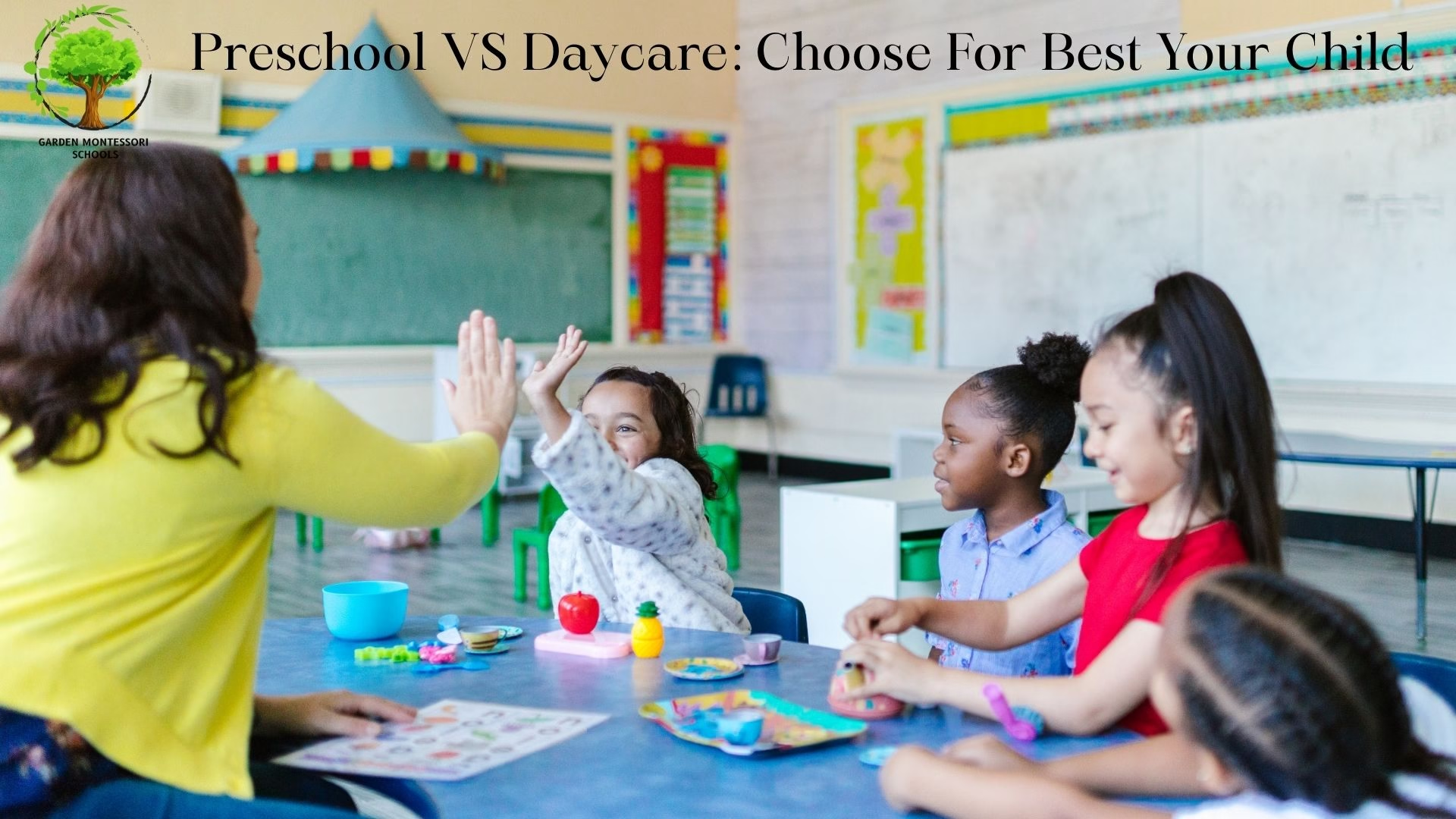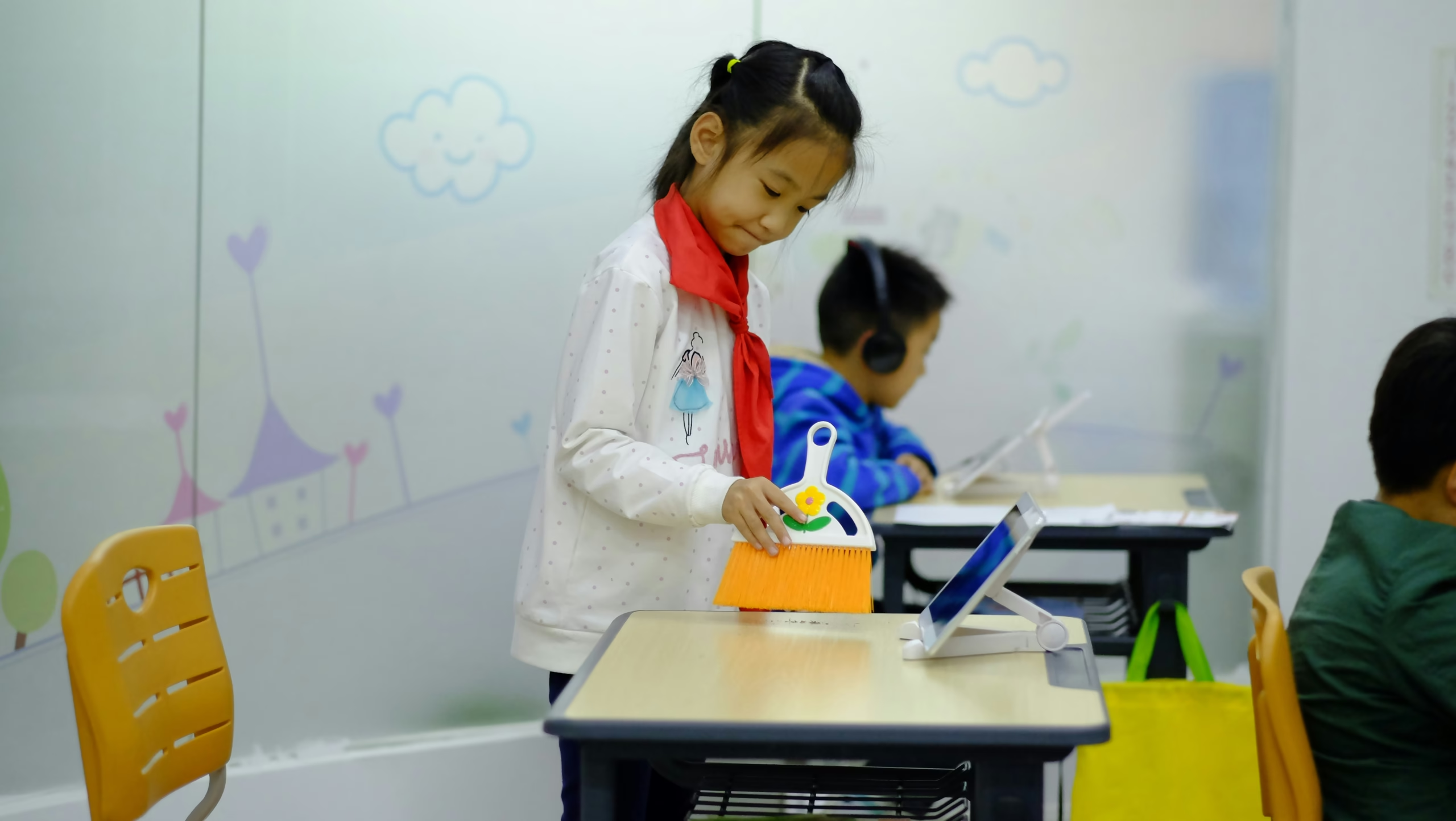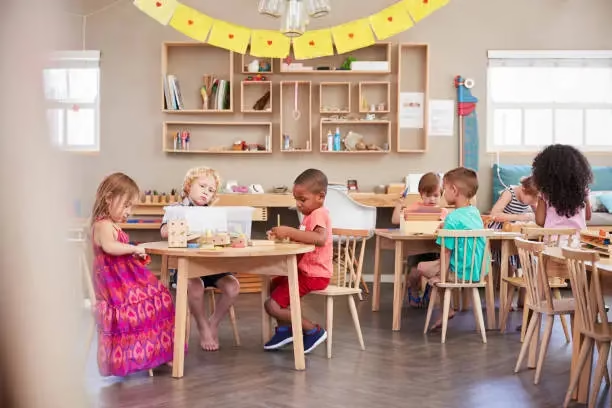As parents, we might find ourselves wishing children would take a more do-it-yourself attitude, and this is where Confidence Boosting Activities play an important role. These activities not only encourage independence but also challenge parents to practice self-assessment in how they guide and support their child’s growing confidence.
Nonetheless, Self-assuredness is a characteristic that can be attained by trained and certain practiced approaches. An individual may attain a complete sense of self-confidence, in which he can take control of and dominate any given circumstance.
A self-asserting characteristic is rather strange, but the collection of approaches outlined in this text may help with that.
1. The “I Did It” Board. Visualizing Competence.
Self-worth is an understanding that a child must internalize. Accomplishing a set of tasks must be acknowledged, and even celebrated, for a child to understand their worth in any given situation, and for value self-worth in order to build self-confidence.
How it works: For this project, you could take a bulletin board, a wall section, or even the fridge. Each time your child accomplishes a milestone—like shoe tying, name writing, reading a book, or even trying a new veggie—make a visual token together. It could be a drawing, a snapshot of the accomplishment, or a sticky note containing a few words. Place it on the board.
Why it builds confidence: Having a board full of these tokens makes a powerful statement about your child’s capabilities; it is particularly uplifting on days when they feel low and unmotivated. It is easy to remind oneself of their accomplishments and that they can overcome challenges. They understand that a goal is reached through many little steps and that their efforts can bring about change.
The Kitchen Challenge: Mastering a Real-World Skill
The Kitchen is a Confidence activity. For most people, the Kitchen serves as a boost to self-esteem. The feeling evoked when a family member appreciates a meal preparation is sentimental.
How it Works: Start Small. There are tasks that little children can help with to prepare a meal. During preschool, they can be given some kitchen tasks, such as stirring a batter or spreading some peanut butter on some bread.
As they grow, their kitchen tasks can become even more complicated: cracking eggs, measuring flour, or following a simple recipe. Finally, they can be entrusted as the “Head Chef for the Night,” where they get to plan (with some guidance), prepare, and present an entire meal.
Why it builds confidence: There is a positive feeling and a meal as a favor the child bestows on others. Empowering the creation of a meal is a spirit booster. The child’s spirit is boosted when they are empowered with responsibility in accomplishing a task. Thrilling as it is, it also builds confidence.
Children exemplify valuable personal and collective contributions within the family and community, especially during mealtime. Giving a child responsibility for preparing a meal is both fulfilling and empowering. Such Confidence Boosting Activities help children develop a sense of responsibility, pride, and achievement. The act of cooking becomes more than just a chore—it turns into a celebration of effort, learning, and praise.
3. Problem-Solving Role-Play: Life Preparation
The uncertainties are what undermine self-confidence the most. Feeling socially awkward, making mistakes, or any scenario that has not been previously encountered can lead a fully confident person to self-derail.
Encouraging children to practice their answers can help eliminate some of these barriers. Role-playing is one of many Confidence Boosting Activities that allow children to build self-assurance, improve communication skills, and express themselves with confidence.
How it works: For any child, one can propose developmentally appropriate scenarios. For example, one can ask, “What would you do if you saw someone sitting alone at lunch?” or “What would you do if a friend wanted to play with the toy you were using?”. After such prompts, one can act out the scenario with the child.
Why it builds confidence: This prepares them for the social and emotional challenges that are guaranteed to come up eventually. Children are always more confident and feel more capable when they practice. Most importantly, they will be socializing without the feeling of ‘freezing’ or the wish to avoid the interaction.
4. “The Passion Project”: Achieving Growth
Accomplishing a mastery level of any skill brings a particular self-assurance. When a child gets to explore a more nuanced aspect of one of their self-directed Confidence Boosting Activities, it assists in positioning them even more as a self-claimed authority.
The world of a child is to be listened to. What gets them excited? When a passion is identified, it can be nurtured. Families can go to the library and borrow a number of relevant books, access relevant documentaries, go to relevant museums, take part in educational exhibits, and enjoy educational activities.
Aid children in preparing a “class” for the family where they can teach a concept, make a poster, or build a model to demonstrate what they learned in the process.
When a child is an authority on a subject, it consolidates their intellect and inquisitiveness in addition to reinforcing their identity and purpose. The presentation of knowledge is an act that, in itself, is a significant boost.
5. Strategic Gameplay: Learning to Lose and Win Well
In a world that often over-emphasizes the “everyone gets a trophy” mentality, it is easy to forget the confidence a player receives from a healthy and rule-bounded confrontation. Strategic gameplay brings this to the table. It is one of the Classic Confidence Boosting Activities that teaches critique life skills with a structured framework.
How it works: Select games that incorporate strategy, some patience, and an element of chance. Please stick to the guidelines, and make sure they do not win every time. When they lose, exhibit a positive attitude by stating, “That was great! Your strategy of blocking me was really smart. Should we play again?” In victories, promote modesty.
Positive sports competition builds confidence. Having the opportunity to win rewards also builds confidence. Children should understand that losing a game and walking away, worthless, IS NOT the goal of the game.
Community Service: The Confidence of Contribution
Forms of service offered to children encourage them to do positive things for others. Such Confidence Boosting Activities help children understand that they matter within their community and that their efforts, no matter how small, can make a meaningful difference. Through acts of service, children learn empathy, responsibility, and the joy of giving.
How it works: Service opportunities should account for the appropriate age of the child. A young child might pack food drive boxes or create cards for nursing home residents. Older children find a good balance with volunteering at an animal shelter, park clean-ups, or helping neighbors with yard work.
How it builds confidence: Focusing on the needs of others shifts attention away from self-doubt. Contributing positively to the lives of others builds a strong sense of self-worth and ownership.
The Gratitude and Growth Journal: Reframing the Narrative
Self-talk builds confidence, and a journal is a highly personal tool for improving a child’s self-narrative.
How it works: With younger children, this can be a nightly conversation, by asking, “What was one thing you felt grateful for today?” and “What is one thing you want to get better at tomorrow?” An older child who can write may be given a notebook and encouraged to answer a few sentences each day to the questions.
Optimism Bias Justification: The brain is wired to default to optimism. The first question warms them up to looking at the bright side. The second question frames the goals in ways that avoid looking at them as failures, but rather as exciting challenges.
The word “yet” captures the essence of something missing—an indicator of a growth mindset. Most of the confidence associated with optimal functioning comes from Confidence Boosting Activities that encourage reflection and gratitude.
Conclusion: Preparing For What Comes Next
Creating an environment that has zero challenges for children is not the most efficient way to build self-confidence. Confidence boosting activities as part of daily routines provide parents and teachers the opportunities to foster the children’s self-acceptance, self-reliance, and self-affirming attitude towards their worth. A child is able to solve these problems single-handedly with no need for outside assistance.
The regular performance of these Boosting Activities shows the child the different levels of mastery they acquire with their skills and the growth in their development. They help mitigate the self-initiated barriers that the child has and prepare the child, emotionally and mentally, to be resilient and strong in confidence.
FAQ’s
What if my child gives up easily?
Effort should be praised along with the result. “I see how hard you’re trying!” functions as an adjunct to the outcome as a positive motivator. Process-focused confidence boosting activities should be introduced.
Is it a negative thing to allow my child to fail?
No. Learning to cope with small failures in a controlled setting will enable a child to develop a few foundational components of resilience and problem-solving. These are crucial goals to work on with Confidence Boosting Activities.
I give my child a lot of praise. Is that a problem?
Praise that is too vague and generic, like “You’re so smart!” may lead to unwanted outcomes. Being specific is much better, as in, “You put a lot of effort into that drawing!” This strategy fits with Confidence Boosting Activities.
What is the most important way to boost confidence?
Most importantly, confidence is given through love and acceptance. A child will have the security to try new things and fully benefit from the Confidence Boosting Activities.
My child is shy. Will these Confidence Boosting Activities help?
Yes. These confidence-building activities are designed to help build a child’s inner confidence. It helps a child feel secure and helps them know that they are capable, whether they are shy or outgoing.



